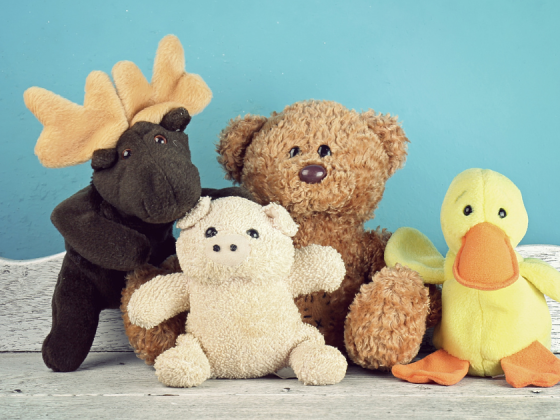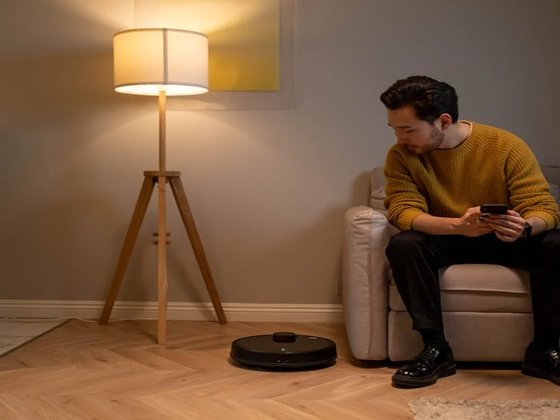As a parent, ensuring your child has the right shoes isn’t just about style – it’s crucial for their comfort, development, and overall well-being. Choosing the perfect pair involves more than just picking what looks good; it’s about understanding what supports healthy feet as they grow. Whether you’re navigating their first steps or outfitting active youngsters, this guide will walk you through the essentials of buying shoes for kids.
How to Buy New Shoes for Kids for Comfort and Support
Understanding Your Child’s Foot Development
Before diving into the aisles of shoes, it’s crucial to understand the unique needs of your child’s growing feet. Children’s feet are not simply miniature versions of adult feet; they undergo significant changes as they mature, impacting their overall comfort and mobility. Here’s a deeper look into what you should consider:
Foot Growth Phases
Children’s feet grow rapidly, especially in the first few years of life. By age 3, their feet may have grown as much as two sizes per year. This rapid growth means that frequent shoe fittings are necessary to ensure proper fit and support. As children grow older, their feet continue to develop, albeit at a slower pace. Understanding these growth phases helps in selecting shoes that can accommodate these changes without restricting movement or causing discomfort.
Arch Development
Arch support is crucial for children, but it should not be rigid. Children develop arches gradually over time, with most not fully forming until around age 6. Shoes with overly firm arch support can interfere with the natural development of these arches, potentially leading to discomfort or foot problems. Instead, look for shoes that provide gentle support and allow the arch to develop naturally. Flexible soles that encourage natural foot movement are beneficial during this developmental stage.
Toe Room
Ensuring there’s adequate space in the toe area is essential for growing feet. Aim for about a thumb’s width (about half an inch) between the longest toe and the end of the shoe. This space allows for natural toe movement and accommodates growth spurts, ensuring that the shoes remain comfortable as your child’s feet continue to grow. Tight-fitting shoes can restrict toe movement and lead to discomfort or even issues like ingrown toenails. Checking the fit regularly and allowing room for growth is key to supporting healthy foot development.
What to Look for in Kids’ Shoes
When it comes to choosing the right shoes for your child, several key factors play a crucial role in ensuring both comfort and foot health. Here’s an expanded look at what you should consider:
Quality Materials
Opting for shoes made from high-quality, breathable materials such as leather or mesh is essential. These materials allow air circulation, keeping your child’s feet cool and dry throughout the day. Breathability not only enhances comfort but also reduces the risk of fungal infections and unpleasant odors. Additionally, durable materials ensure that the shoes withstand the rigors of daily play and activities, providing long-lasting support.
Flexible Soles
Look for shoes with soles that are flexible yet sturdy. Flexible soles that bend easily at the ball of the foot promote natural foot movement and balance, crucial for growing feet. This flexibility allows for a more comfortable walking and running experience, helping your child develop proper gait patterns without restriction. Non-slip features on the sole provide added traction, reducing the risk of slips and falls during active play.
Closure Types
The closure type of the shoe can significantly impact both convenience and fit. Velcro or elastic closures are ideal for younger children, as they allow for easy on-and-off access while ensuring a secure fit. These closures enable children to independently manage their shoes, fostering a sense of autonomy. For older kids, shoes with traditional laces offer a snugger fit and customizable tightness, ideal for activities that require more stability and support.
Heel Support
Adequate heel support is crucial for maintaining stability and preventing discomfort. The heel counter, which is the back part of the shoe that cups the heel, should be firm yet padded. This design provides stability without digging into the heel, ensuring a comfortable fit throughout the day. Proper heel support helps prevent issues such as heel pain or discomfort during prolonged wear, supporting healthy foot development.
Toe Protection
Active children often encounter bumps and scrapes during play, making toe protection a priority. Look for shoes with a reinforced toe cap, which provides an additional layer of protection against accidental impacts. This feature is particularly beneficial for kids who enjoy running, climbing, or engaging in sports activities. A sturdy toe cap not only protects the toes but also extends the longevity of the shoe by minimizing wear and tear in high-contact areas.
How to Measure Your Child’s Feet
Ensuring your child wears properly fitted shoes begins with accurate measurements. Here’s a detailed guide on how to measure your child’s feet effectively:
Use a Brannock Device
A Brannock Device is a reliable tool designed specifically for measuring foot length and width. Available in most shoe stores, it provides accurate measurements that help determine the correct shoe size for your child. To use the Brannock Device:
- Length Measurement: Place your child’s heel firmly against the back of the device and ensure their foot is flat. Slide the measuring bar across the longest toe, usually the big toe, to determine the length in inches or centimeters.
- Width Measurement: The Brannock Device also measures foot width. Position your child’s foot so that it aligns with the width scale on the device. This measurement ensures the shoe comfortably accommodates the widest part of their foot.
Measure Both Feet
It’s common for one foot to be slightly larger than the other. To ensure the best fit, always measure both feet. Fit the shoe to the larger foot to prevent discomfort or potential foot issues caused by a too-tight fit on the larger foot.
Shop in the Afternoon
Feet naturally swell throughout the day, especially during active periods. Shopping for shoes in the afternoon or evening allows you to account for any swelling, ensuring a more accurate fit. Shoes fitted later in the day are less likely to feel tight when worn during the day’s activities.
By following these steps, you can accurately measure your child’s feet and confidently select shoes that provide comfort and support for their growing feet.
Tips for Trying On Shoes
When it’s time to try on shoes for your child, making sure they fit properly is essential for their comfort and foot health. Here are some detailed tips to ensure a successful fit:
Comfort Check
Ask your child how the shoe feels as soon as they put it on. Check for any pressure points or areas that might cause discomfort, such as seams that rub against the foot or toes that feel cramped. A comfortable shoe should feel snug but not tight, with no areas that pinch or dig into the foot.
Walk Test
Encourage your child to walk around the store in the shoes to assess how they feel in motion. Watch for any signs of discomfort, such as slipping at the heel or rubbing against the sides of the foot. The shoe should provide adequate support and stability without causing any irritation or friction against the skin.
Room to Grow
Ensure there is ample space in the toe area by checking the gap between the longest toe and the front of the shoe. Aim for about a thumb’s width of space to allow for natural toe movement and accommodate growth. At the same time, check that the heel fits snugly without slipping out with each step. A properly fitted shoe will stay securely on the foot without excessive movement at the heel.
Additional Considerations
- Socks: Have your child wear the type of socks they would typically wear with the shoes during the fitting process. This ensures an accurate assessment of fit and comfort.
- Flexibility: Test the flexibility of the shoe by bending it gently. A well-fitted shoe should bend easily at the ball of the foot, allowing for natural foot movement and flexibility.
By involving your child in the fitting process and paying attention to these details, you can ensure that the shoes you choose provide optimal comfort and support for their activities.
Ensure the shoes provide comfort and support
Choosing the right shoes for your child is a blend of practicality and consideration for their developing feet. By understanding their growth phases, selecting appropriate features, and ensuring a proper fit, you’re not just buying shoes—you’re supporting their health and comfort as they explore the world on their feet.
Remember, each child is unique, so it’s essential to adapt these guidelines to suit their individual needs and preferences. Armed with this knowledge, you can confidently navigate the shoe aisles and make informed choices that promote healthy foot development.






